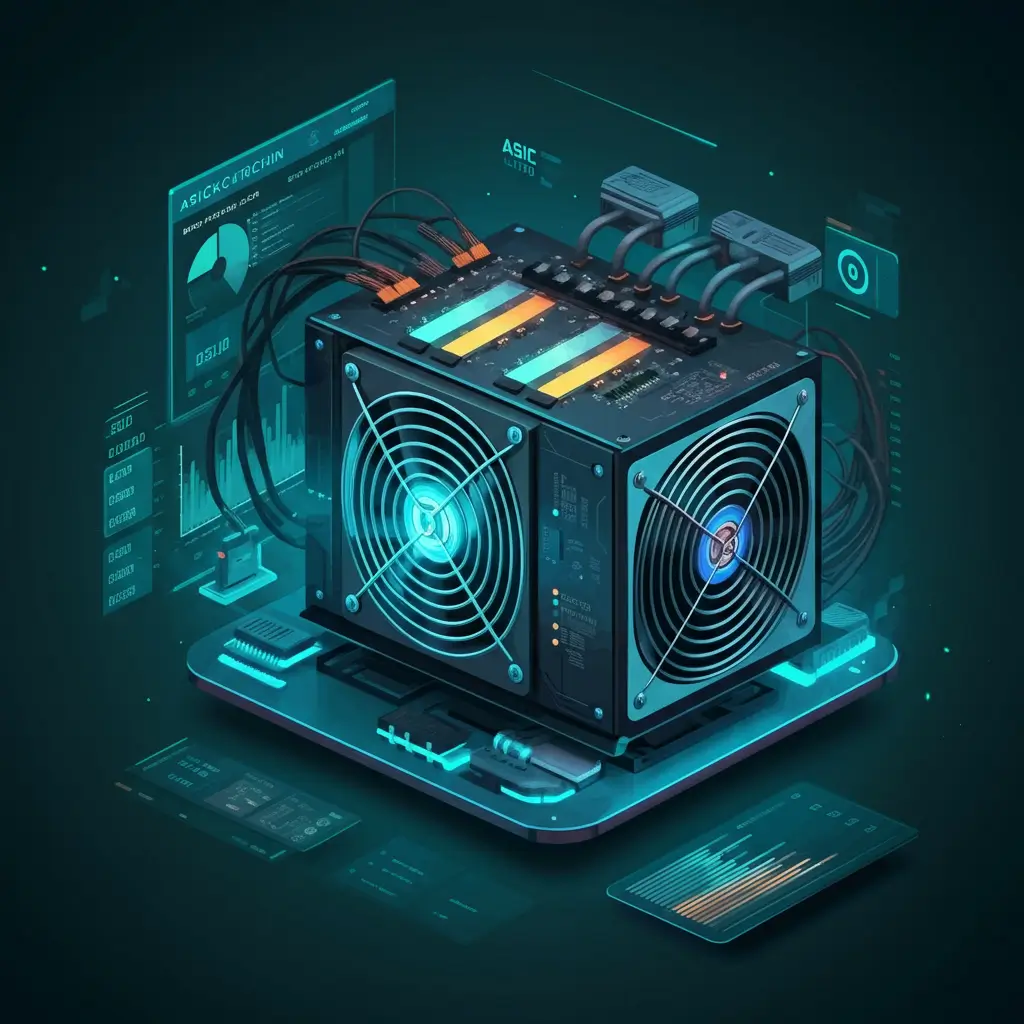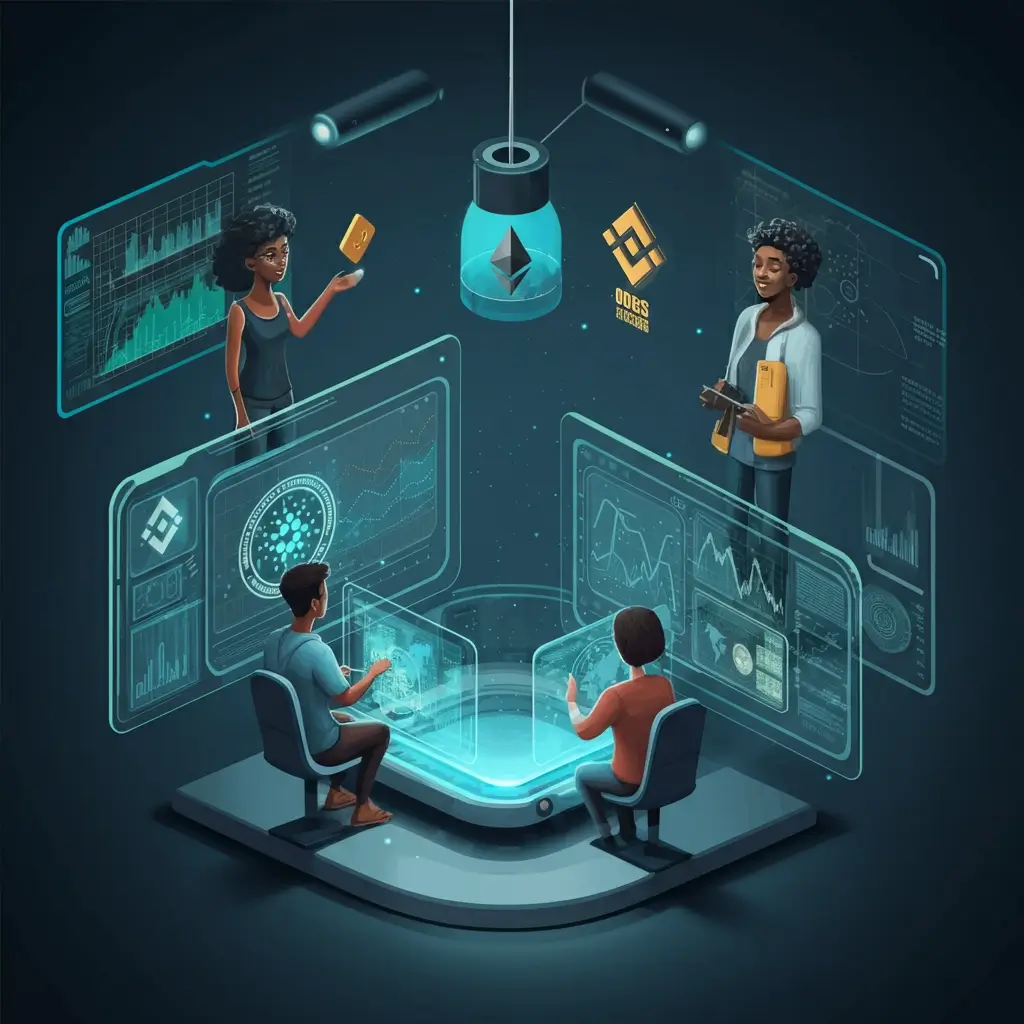Mining cryptocurrency, once the domain of hardcore tech enthusiasts, is now attracting a wider audience. From budding crypto miners to tech-savvy individuals looking for an investment opportunity, mining can be an exciting and potentially rewarding venture. But how do you start?
This step-by-step guide will walk you through everything you need to know about cryptocurrency mining—from what it is, to setting up your first mining rig, and even dealing with troubleshooting. Whether you’re in it for the thrill or the ROI, we’ve got you covered.
What Is Cryptocurrency Mining?
At its core, cryptocurrency mining is the process of validating transactions on blockchain networks and creating new digital coins. Miners use powerful hardware to solve complex mathematical equations. When these problems are solved, the miner earns a reward—in the form of cryptocurrency—for their efforts.
Why Is Mining Important?
Mining plays a critical role in maintaining the blockchain. It ensures that transactions are secure and verified. Without miners, cryptocurrency ecosystems like Bitcoin or Ethereum would cease to function since no one would be validating transactions or adding new blocks to the chain.
Notably, in Proof of Work (PoW) systems like Bitcoin, mining not only validates transactions but also acts as the mechanism through which new coins are minted. Other cryptocurrencies, like those using Proof of Stake (PoS), rely on “validators” rather than miners. However, PoW is currently the most recognized form of mining in the industry.
Getting Started with Mining
Before you jump in, it’s important to understand the basics of what you’ll need.
Hardware Requirements
The first step is to secure the right hardware for your mining activities. Here are your options:
- ASICs (Application-Specific Integrated Circuits): These are purpose-built machines designed for mining specific cryptocurrencies, like Bitcoin. They are powerful but expensive and consume significant electricity.
- GPUs (Graphics Processing Units): GPUs are versatile and can mine various cryptocurrencies. They’re a popular choice for beginners.
- CPUs (Central Processing Units): While cheaper, CPUs are less efficient compared to GPUs and ASICs, and are typically not recommended for serious mining endeavors.
Keep in mind that your choice of hardware will depend on the cryptocurrency you’re mining and your budget.
Software Requirements
You’ll also need mining software that acts as the bridge between your hardware and the blockchain. Some popular ones include:
- NiceHash for Bitcoin mining.
- CGMiner, which supports a wide range of cryptocurrencies.
- PhoenixMiner for Ethereum mining.
Additionally, you’ll need a cryptocurrency wallet to store your earnings securely.
Choosing the Right Cryptocurrency
Not all cryptocurrencies are equally profitable to mine. Bitcoin, for example, requires significant computational power, making it harder for individuals to mine individually. Altcoins like Ethereum and Litecoin may be more accessible for beginners.
Step-by-Step Mining Guide
Once you have the hardware and software ready, follow these steps to begin mining cryptocurrency.
Step 1: Set Up Your Hardware
- Connect your ASIC or GPU to your computer.
- Ensure proper cooling and ventilation since mining generates a lot of heat.
- Be aware of electricity costs in your area, as mining rigs consume significant amounts of power.
Step 2: Install and Configure Your Mining Software
- Download the mining software that’s compatible with your hardware and your chosen cryptocurrency.
- Configure the software, adding wallet addresses and pool settings, if required.
- If you’re not comfortable with command-line interfaces, opt for mining software that comes with a friendly GUI (Graphic User Interface).
Step 3: Create a Cryptocurrency Wallet
A wallet is essential for storing your mined assets. Options include:
- Hot Wallets (online): Easy to access but less secure.
- Cold Wallets (hardware wallets): Less convenient but far more secure.
For beginners, we recommend starting with a hot wallet, like Coinbase Wallet or Trust Wallet.
Step 4: Join a Mining Pool (Optional)
Mining pools are groups of miners who combine their computational power to increase their chances of solving blocks and earning rewards. Some top pools include:
- F2Pool
- Slush Pool
- Antpool
Joining a pool is advisable if you’re just starting, as solo mining can be highly unpredictable.
Step 5: Start Mining
Once everything is set up, launch your mining software and start the mining process. Be prepared to monitor your hardware frequently to ensure it’s performing efficiently.
Optimizing Your Mining Setup
To get the most out of your mining setup, consider the following:
Overclocking Hardware
Boost your mining rig’s performance by overclocking your GPUs. This involves increasing their clock speeds beyond factory settings. However, be cautious; improper overclocking can damage your hardware.
Monitoring Performance
Use performance monitoring software to track metrics like hash rate and temperatures. Excessive heat can damage your components, so ensure your mining rig has adequate cooling.
Managing Electricity Costs
Mining can dramatically increase your electricity bill. Consider optimizing energy usage by running your rig during off-peak hours or investing in solar power setups.
Legal and Ethical Considerations
Before you jump headlong into cryptocurrency mining, it’s important to understand the potential legal and ethical implications.
Regulatory Compliance
Cryptocurrency regulations vary by country. Be sure to research and comply with local laws regarding mining activities.
Environmental Impact
Mining consumes a significant amount of energy, leading to environmental concerns. Opt for sustainable energy solutions when possible.
Responsible Mining
Respect networking protocols and participate in mining pools or networks ethically without exploiting vulnerabilities.
Troubleshooting and Common Issues
Hardware Failures
Mining rigs can suffer hardware breakdowns over time. Regular maintenance, such as cleaning dust and managing heat, can prolong the lifespan of your equipment.
Software Errors
Ensure your mining software is up to date. Many mining programs release frequent updates to fix bugs and improve efficiency.
Network Problems
Slow or unstable internet can disrupt your mining operations. Always use a high-speed, reliable internet connection.
Is Cryptocurrency Mining Worth It?
Mining cryptocurrency can be a rewarding venture, both financially and intellectually. However, you’ll need to carefully weigh the costs versus potential earnings, especially with increasing competition and rising electricity costs.
Consider alternatives like cloud mining or staking as less resource-intensive ways to enter the world of cryptocurrencies.







